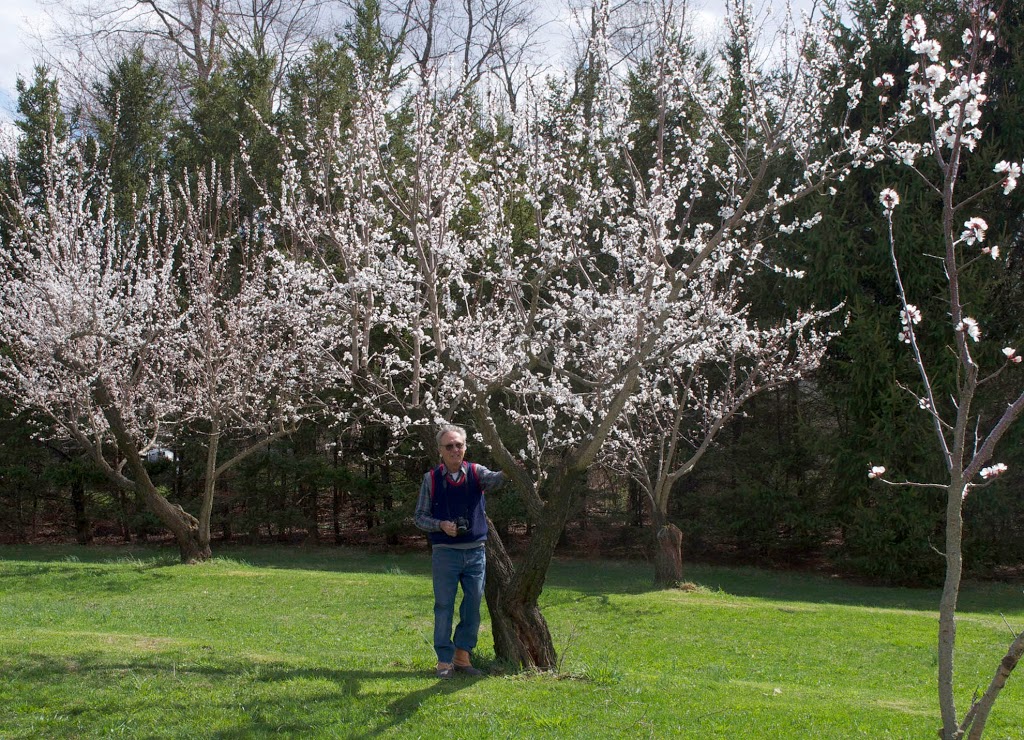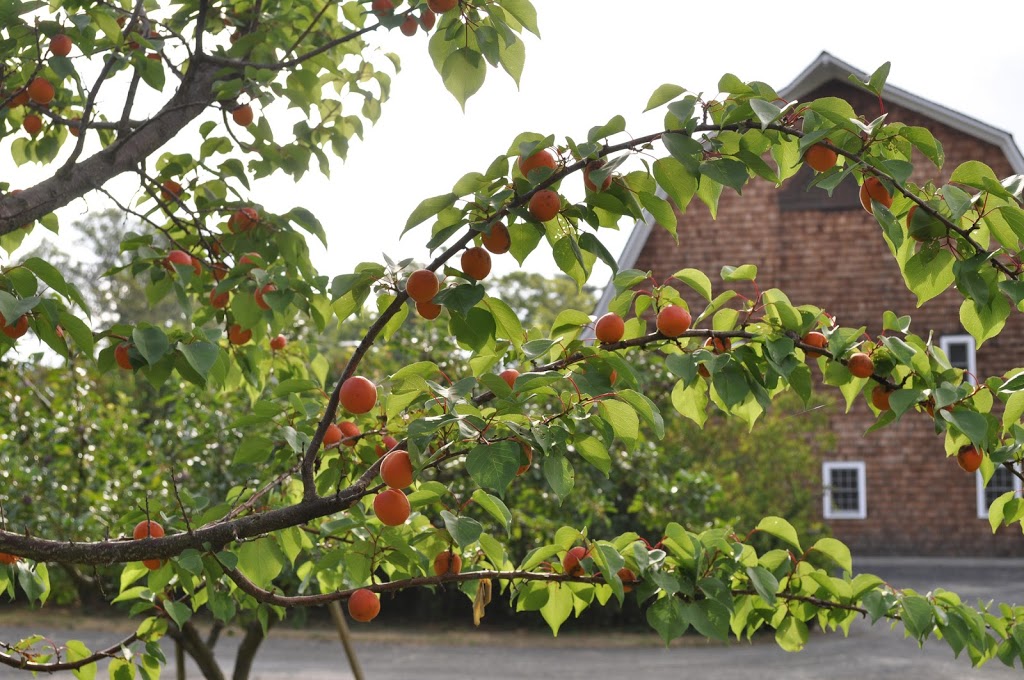THE CHILL BANK IS FILLED?
But Do I Want Flowers Now?
The season has been “chill,” literally and figuratively, the former predicted by weather experts based on a this year’s strong El Niño.
Because of El Niño, the West was pounded with rain; here in the Northeast, except for an occasional night, temperatures have been mild over the past few months, much milder than I remember for any other fall. It is those chilly, but not frigid, temperatures — in the range from 30 to 45 degrees Fahrenheit — that signal to plants that winter is over and it’s safe to begin unfolding flower buds or pushing new shoots from dormant buds. A certain number of hours within this temperature range does the trick, typically about a thousand hours, the exact requirements varying from plant to plant. Temperatures below 30 or above 45 degrees don’t contribute to the needed hours, can even set the clock back and increase the number of hours still needed.
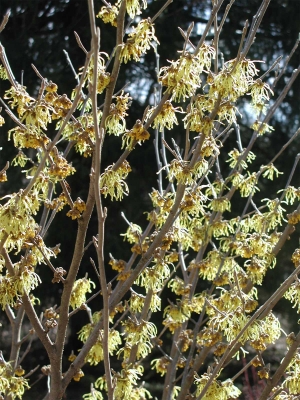
Witchhazel blooming in autumn
Typically, in the Northeast, required chilling hours are not fulfilled in autumn. Some are, but then temperatures typically plummet. The “chilling bank” is finally topped up in late winter or early spring. Growth then only awaits favorable growing conditions, which mostly means sufficiently warm temperatures.
This fall, however, some or all chilling hours have been fulfilled — not a good thing, for humans. Flowers on fruit trees and bushes will probably unfold earlier than usual, at time when they are then threatened by subsequent frosts that could wipe out next season’s harvest. Ornamentals also will probably flower earlier — no big deal if all we want from them is flowers. My Arnold’s Promise witchhazel usually flowers in March. This year’s October flowering means no flowers this coming spring.
Buds that grow into shoots will also awaken earlier next year. Shoots begin growth after the earliest flowers so aren’t as threatened by subsequent cold snaps. Even if they get burned by frost, they usually just push out new stems from undamaged buds that otherwise might have remained dormant for the season.
Native Fruits Fare Better
One plus for growing native plants is that they are more adapted to the vagaries of our climate than non-natives. Apricots, for instance, present a challenge because they need relatively few hours of chilling to awaken. They are one of the first trees to bloom.
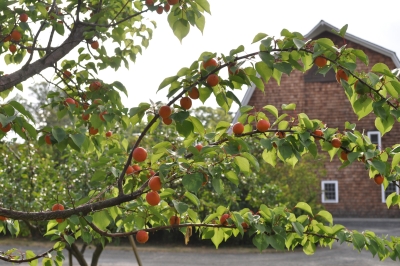
Apricots after a good winter & spring
Low chilling requirement is no problem in apricots’ native haunts, where winters are cold but springs warm steadily. Around here, though, wild temperature fluctuations in winter and spring fulfill chilling requirements early; blossoms appear so early that they’re almost sure to be nipped out by subsequent drops in temperature. A warm fall gets the flower buds ready for opening even earlier.
I am more optimistic about my American persimmons, pawpaws, highbush and lowbush blueberries, and grapes for next year. These natives are accustomed to our variable temperatures, so rarely fail. Perhaps they won’t fail even after this wacky fall weather.
Plants Chillin’ Indoors
Just chillin’, figuratively, are houseplants. As tropical and subtropical plants, they can remain somewhat aloof to the weather, except to grow when the weather is warm, and “chill out” — that is, just sit still — when temperatures cool. “Warm” and “cool,” in this case, span a narrow range, either outdoors in summer or indoors in winter.
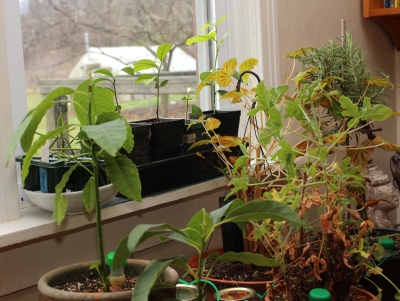
Windowsill fruits- avocado, Rhpsalis, lemon
Still, sunlight and perhaps other subtle, seasonal changes in houseplants’ sheltered environment have their effects. So right now, houseplants mostly just “chill out.” I’m drumming my fingers, waiting. All these plants need now is water, when thirsty.
Once we get over the hump (trough?) of the shortest day and light becomes stronger and longer, houseplants will perk up and begin growing. Then, they might need some fertilizer, commensurate with growth, in addition to water.
Right now, I’m awaiting blossoms from Odontoglossum pulchellum (that’s an orchid, no common name), blossoms and fruit set from Meyer lemon and Golden Nugget mandarin, and fruits to finish ripening on Meiwa kumquat and Abraco olive.




